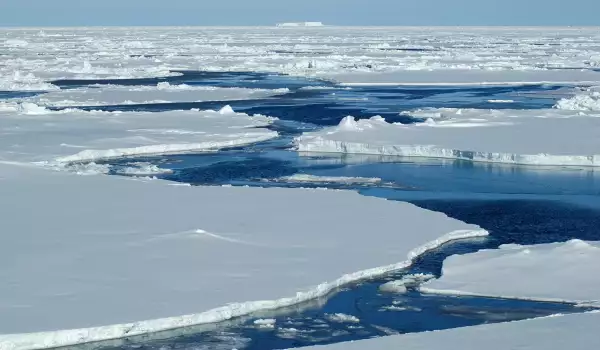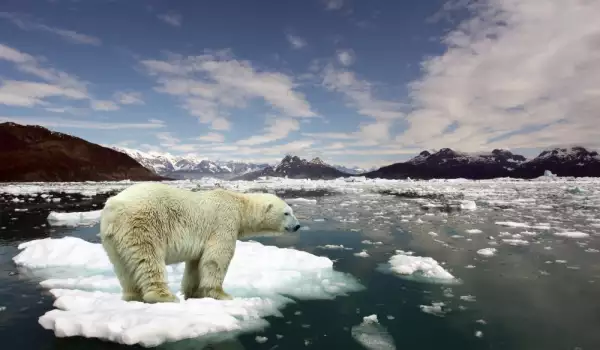The melting of the world's ice is raising ever more apprehension among scientists. With the activation of this process, those apocalyptic prognoses for the future of planet Earth and the human species begins to seem less fiction and more inevitable reality.
To avoid an eventual future worldwide cataclysm or to at least be prepared for it, NASA has announced that they'll be sending a laser device, the latest from the technological revolution, which will track changes in the altitudes of the polar ice caps on Earth.
In the coming months the laser device IceSat-2, already launched with the Alliance Delta II rocket from Vandenberg Air Force Base in California, is going to be keeping a close eye on the world's ice.
Currently, NASA has been tracking the changes in polar ice in Greenland and Antarctica. NASA's craft take about 60 000 measurements per second.

The new technologies used for observation, which have been built into the IceSat-2, will not only be able to increase that number to 120 000 measurements per second, they'll be able to drastically expand the observable zone.
IceSat-2 is a significant technological leap in human's ability to measure the changes in the height of the ice sheets. The Advanced Topographic Laser Altimeter System (ATLAS), built into the machine, is able to accurately measure, to the millimeter, changes in the thickness of the ice and the period throughout which said event occurs.
Hundreds of billions of tons of Earth's ice are melting or flowing into the oceans annually, contributing to sea level rise. Over the past few years, the melting of Greenland and Antarctica icebergs alone has led to a rise in global sea levels by over 1 millimeter per year, which is equal to the recorded rise in sea level over the past 50 years. Even more frightening is the fact that this process accelerates every year.

The data from IceSat-2, which are documenting the continuing change in iceberg height, will in turn help researchers lessen the levels of uncertainty in future prognoses for rising sea levels and connect these changes to climatic factors. The laser will also take the most accurate polar measurements to date of drift ice.
Satellites have been continuously measuring the area covered by sea ice since 1980. Scientists have announced that since they've begun taking these measurements, nearly 40% of the polar ice packs have melted. Experts alarm that if we don't take measures, most coastal megalopolises will be under water within 70 years from now, while the Earth's climate will change, ushering in a new ice age.














